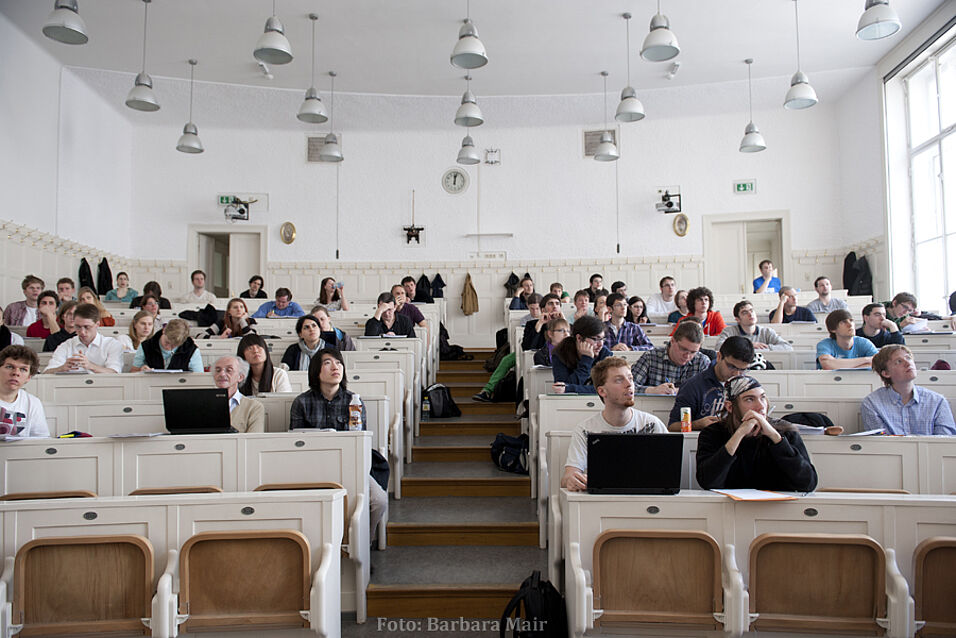Well-controlled synthetic quantum systems, such as ultracold atoms in optical lattices, offer intriguing possibilities to study complex many-body problems in regimes that are beyond reach using state-of-the-art numerical techniques. This enables us, for instance, to shed new light on fundamental questions about the thermalization of isolated quantum many-body systems. Recently, a class of models has been identified that lies in between the extreme limits of thermal and localizing behavior. Here ergodicity-breaking occurs due to an emergent fragmentation of the many-body Hilbert space. A versatile platform that paves the way towards studying these phenomena is the 1D Fermi-Hubbard model with a strong linear potential.
During the last years the range of accessible condensed matter model Hamiltonians has been extended towards topological systems. One important ingredient was the realization of artificial gauge fields via the technique of periodic driving, also known as Floquet engineering, which further allows the realization of genuine out-ofequilibrium topological phases that do not have any static counterpart. The success of Floquet engineering triggered new efforts among experimentalists to build on this vast toolbox and realize non-trivial matter-gauge couplings – a central ingredient for the simulation of so-called lattice gauge theories (LGTs). LGTs play a fundamental role in a variety of areas including high-energy physics and topological quantum computation. So far successful experimental implementations, however, were limited to small building blocks of few sites due to the complex local structure of the theory. We are currently developing a new scheme based on correlated tunneling of fermionic atoms and local state-dependent control using optical tweezers to realize a scalable platform for the simulation of U(1) LGTs, relevant for quantum electrodynamics.

